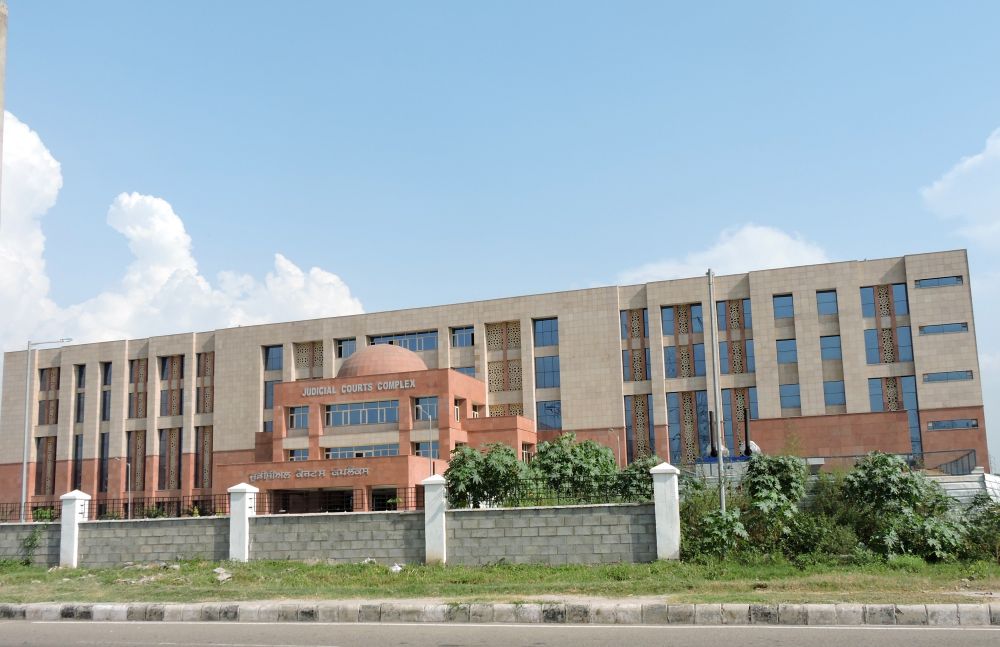

Located in the northern part of India, Mohali, officially known as Sahibzada Ajit Singh Nagar (SAS Nagar), is a city that is part of the tri-city area, along with Chandigarh and Panchkula. Named after the eldest son of Guru Gobind Singh, Sahibzada Ajit Singh (SAS), Mohali has witnessed a considerable transformation in tourism over the years.
In its early days, Mohali was primarily an expanse of agricultural land. With the rise of Chandigarh as a planned city in the 1950s after the partition of India, the area around it, including Mohali, gradually began to develop. However, it did not immediately emerge as a tourist destination.
The 1970s and 1980s saw Mohali emerge as a significant urban area. With the establishment of industrial sectors and the growth of infrastructural facilities, it started to draw attention not just as a growing residential and commercial center, but also for its potential in sports and leisure activities.
One of Mohali's pivotal moments in tourism was the construction of the Punjab Cricket Association IS Bindra Stadium, commonly known as the Mohali Cricket Stadium. Inaugurated in 1993, it has hosted numerous domestic and international cricket matches, attracting visitors from all over the world.
As tourism infrastructure developed, so too did the number of hotels, restaurants, and shopping centers, catering to the needs of visitors. The proximity to Chandigarh, which is known for its architecture and urban design by Le Corbusier, added to Mohali's allure.
In recent years, Mohali has leaned into the rise of experiential and leisure tourism. The development of the North Country Mall (now VR Punjab), one of the largest shopping malls in the area, has given a boost to retail tourism. Meanwhile, the opening of various luxury and boutique hotels has enhanced its appeal for both leisure and business travelers.
Another notable trend is the growing popularity of eco-tourism in Mohali's nearby areas. The presence of several parks and open spaces, and the development of eco-friendly projects, have contributed to this segment of tourism.
Prominent attractions such as the Rose Garden of Sohana, Bhakra Nangal Dam, Fateh Burj at Chappar Chiri, and the peaceful Sukhna Wildlife Sanctuary provide a mix of cultural, historical, and natural sites for visitors to explore.
Looking forward, Mohali aims to continue expanding its tourism repertoire by enhancing connectivity with major cities and promoting itself as a hub for sports and events. The focus on sustainable tourism practices and the enhancement of visitor services are key strategies in order to keep pace with global tourism trends.
With its blend of modern amenities and rich cultural backdrop, Mohali has carved a niche for itself in the tourism landscape of Punjab and India as a whole. For travelers interested in cricket, shopping, history, or natural beauty, Mohali offers a unique slice of Indian life that continues to evolve and attract a diverse array of visitors from across the globe.